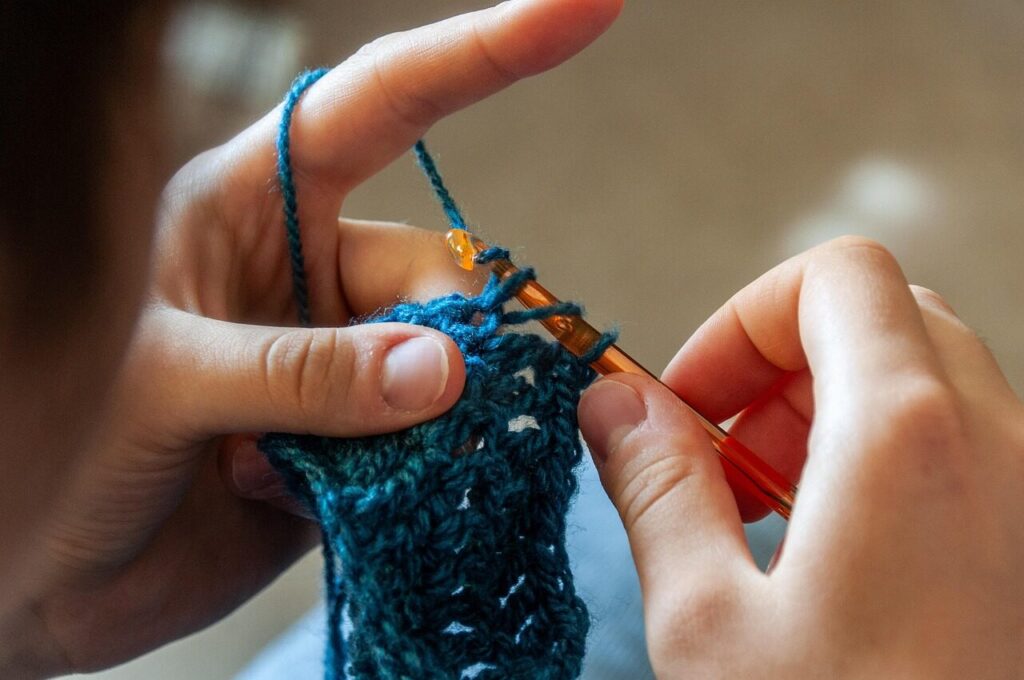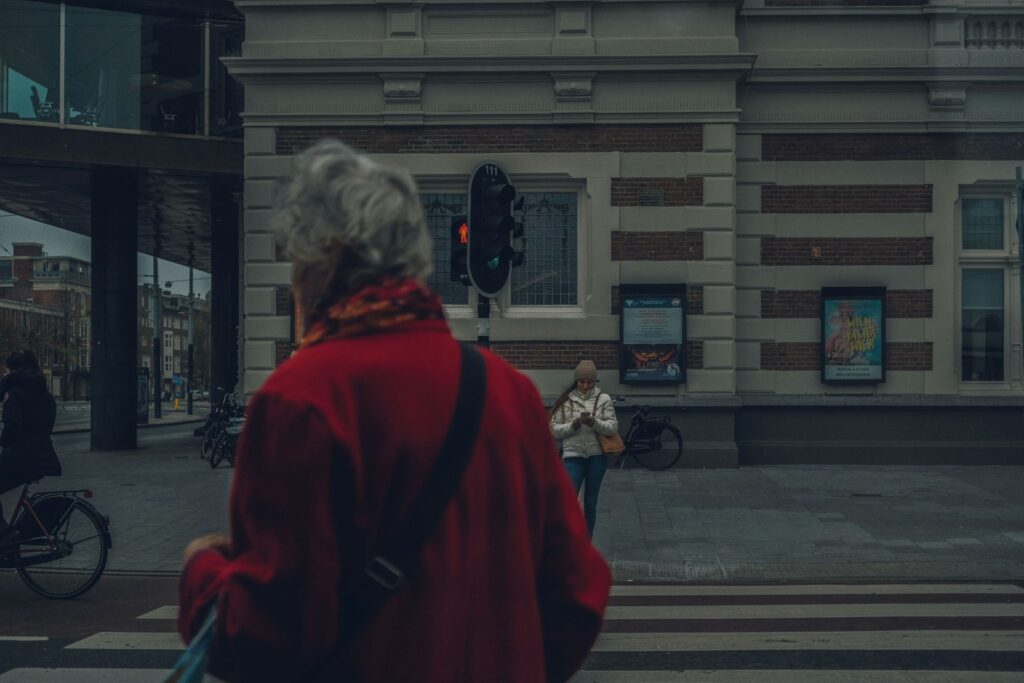As people age, many begin to stay home more often. This shift is not always due to a lack of interest but results from a combination of physical, emotional, and social changes. Studies show that nearly 60 percent of adults over 70 spend most of their time at home compared to 30 percent of those in their 50s. Understanding the reasons behind this behavior helps in supporting older adults to remain engaged. Factors such as health, mobility, routine, finances, and social connections all influence whether seniors venture out. Addressing these areas can encourage a more active and fulfilling lifestyle.
1. Physical Limitations

About 55 percent of older adults report mobility challenges that make leaving the house difficult. Joint pain, arthritis, or reduced flexibility can turn simple errands or social outings into stressful experiences. Many seniors prefer staying at home where they feel safe and comfortable. Simple accommodations such as mobility aids, home modifications, or accessible transportation can help overcome these barriers. Incorporating gentle exercise routines can also improve physical function and confidence. Recognizing these limitations with empathy allows friends and family to encourage participation in social activities. Physical comfort is a major factor in whether older adults choose to go out or stay home.
2. Health Concerns

Chronic illnesses affect over 60 percent of adults aged 70 and older, including heart disease, diabetes, and respiratory conditions. The fear of medical emergencies or complications while away from home often discourages outings. Anxiety about managing medication schedules or monitoring symptoms adds to this hesitation. Health concerns are significant reasons older adults limit their social and recreational activities. Offering practical support such as check-ins, assistance with medical needs, or accessible transportation can reduce worry. Providing reassurance allows seniors to regain confidence in going out. Addressing health challenges is essential to encourage seniors to maintain social engagement and overall well-being.
3. Social Anxiety

Approximately 40 percent of seniors experience increased social anxiety as they age. Changes in vision, hearing, or memory can make conversations more difficult and interactions feel overwhelming. The fear of judgment or embarrassment may lead to avoiding social situations altogether. This withdrawal can contribute to isolation and loneliness, which further affects mental health. Encouraging participation in familiar settings, small gatherings, or activities with supportive companions helps alleviate anxiety. Creating an environment where seniors feel comfortable and valued allows them to remain socially active. Managing social anxiety effectively can significantly improve the quality of life and willingness to engage outside the home.
4. Routine and Habit

Nearly 50 percent of older adults prefer staying home due to the comfort of established routines. Predictable daily activities provide a sense of control and security, making unexpected outings feel stressful. Altering this routine can feel disruptive and emotionally taxing. Gradually introducing new experiences, small changes, or enjoyable activities can encourage seniors to explore the outside world. Respecting personal preferences while gently expanding horizons helps maintain a balance between comfort and stimulation. Developing a flexible routine that includes occasional social or recreational outings promotes mental and emotional health. Consistent habits combined with new experiences enhance overall well-being and engagement.
5. Financial Constraints

Around 35 percent of seniors report that financial concerns influence their decision to go out. Fixed incomes and retirement budgets can make expenses like dining, transportation, or events feel burdensome. Limiting outings due to cost is common and may contribute to feelings of isolation. Exploring low-cost or free activities such as local parks, community centers, or volunteer opportunities provides ways to remain active without financial strain. Budget-friendly planning encourages participation in social and recreational activities while reducing anxiety about money. Supporting seniors in finding affordable options allows them to maintain social connections and continue enjoying enriching experiences outside the home.
6. Loss of Loved Ones

The passing of friends, spouses, or family members affects over 45 percent of older adults and often reduces the motivation to go out. Losing familiar companions makes public spaces feel less inviting, and the absence of shared experiences can diminish social interest. Engaging in support groups or finding new social networks provides comfort and encouragement. Staying connected through community programs or volunteer activities helps seniors rebuild social engagement. Acknowledging the emotional impact of loss while offering opportunities for companionship promotes mental health and reduces feelings of loneliness. Maintaining social connections is essential for emotional stability and a fulfilling life.
7. Safety Concerns

Approximately 40 percent of older adults limit outings due to safety concerns. Worries about crime, traffic, or accidents make leaving home feel risky. These fears often lead to isolation even when physical and social abilities are intact. Promoting community safety awareness, using well-lit routes, and providing accompaniment for walks or errands can help alleviate these concerns. Confidence in personal safety encourages older adults to venture out more frequently. Addressing safety fears with practical solutions allows seniors to enjoy social, recreational, and leisure activities without undue stress. Feeling secure is a key factor in maintaining active engagement outside the home.
Comments